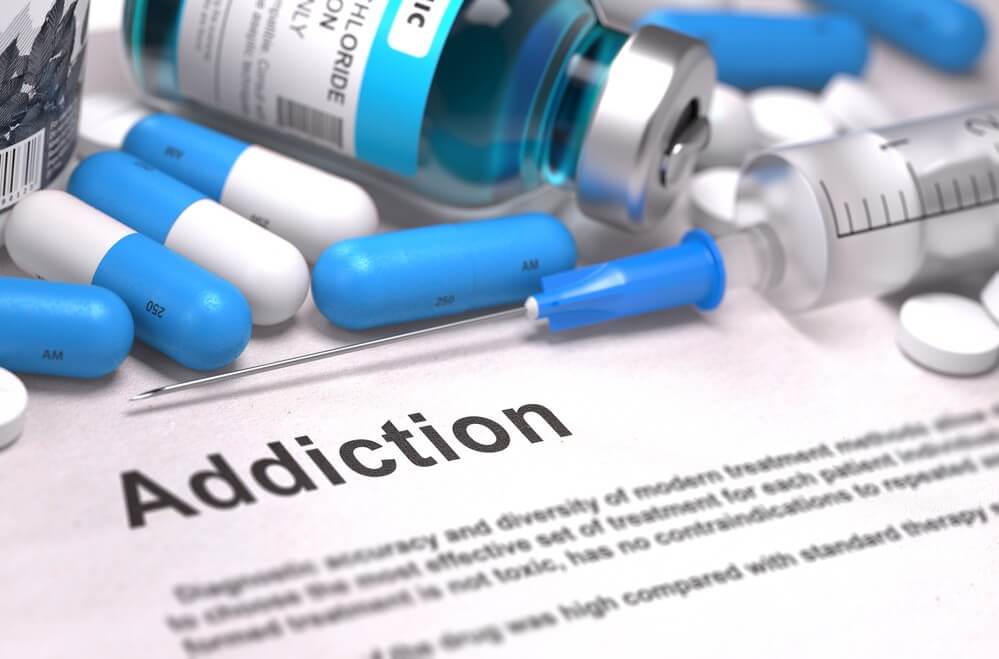Oct 6, 2021
What Physicians Need to Know about Engaged Aftercare Treatment
Rich Jones, MA, MBA, LCAS, SAP
Early dropout from drug treatment continues to be a widespread problem, limiting overall treatment effectiveness, increasing the likelihood of relapse, and exacerbating adverse health, financial and legal consequences. In fact, within the first year of recovery, The Journal of American Medical Association (JAMA) estimates that between 40% and 60% of individuals who receive treatment will experience a relapse.
The challenge with exploring pathways to recovery lies in the definition of recovery. What does recovery look like? Does it mean complete abstinence? Does it mean total abstinence plus a defined program of self-improvement? Does it mean complete abstinence plus a “spiritual awakening?” Is medication-assisted treatment a viable pathway to recovery? What about the reality of substance use disorder complete remission?
As a physician treating individuals struggling with substance abuse disorder (SUD), it’s essential to understand how and why they’ve chosen their recovery path and the importance of engaged aftercare treatment.

There are about as many paths to recovery as there are individuals struggling with SUD. From a medical perspective, you must understand your patient’s plans and promote all pathways of treatment and aftercare. Despite opinion, the critical perspective is that no matter what their paths look like, these patients have worked with a professional and are taking the necessary steps to improve their lives.
The long road to recovery
In reality, SUD treatment is short-term and acute, but recovery is a process—not an event. The event of SUD treatment is merely the start of the process, and aftercare programs are a vital part of SUD recovery. Statistics show that continued engagement is critical, and with insurance reimbursement getting tighter and moving toward a value-based foundation, insurers will scrutinize outcomes like never before.
According to drugabuse.gov, “Unfortunately, when relapse occurs, many deem treatment a failure. This is not the case: successful treatment for addiction typically requires continual evaluation and modification as appropriate, similar to the approach taken for other chronic diseases.”
The Heritage CARES aftercare model was involved in a 2020 study conducted by Clemson University, Prisma Health, University of South Carolina School of Medicine and FAVOR-Greenville. The study found that “SUD is a chronic, relapse-prone disease, and the most critical factor for predicting improvement at five years post-discharge is ongoing engagement (Weisner et al., 2003).” Over a 6-month post-discharge period, 84% of the participants stayed on track with a recovery coach vs. 34% of the participants who received a traditional standard of care without a coach.
What does aftercare treatment look like?
Just as the name suggests, an individual enters an aftercare program following their initial treatment discharge. An effective program generalizes and sustains the progress made while in treatment. Aftercare programs keep the momentum going. Where needed, program professionals will step in to help the individual in recovery get back on track. Good aftercare comes in all shapes and sizes. The best programs find a way to work with ambivalence and resistance. Well-trained aftercare coaches keep people who don’t want to engage engaged.
A favorite story involves a Heritage CARES ACE Peer Coach (Assertive Community Engagement) working with someone who didn’t want to be involved in the program. But our coach hung in there, keeping the conversations going, looking for a way to connect. During one session, he noticed a guitar in the background and asked about it. The participant admitted he always wanted to learn to play but never got around to it. The coach, who played the guitar, offered lessons during their sessions, and, just like that, the door for engagement and trust opened.
Why is aftercare treatment necessary?
The average length of stay in inpatient rehab is up to 30 days. The average length of time in an intensive outpatient program is 8 to 12 weeks. More extended treatment models and programs involve care for up to a year, but they are typically costly, and most people do not have the time to check out for recovery for an entire year. Aftercare programs are in place to continue treatment programs while the individuals move back into their jobs, families and communities.
While some may question the need for aftercare, it is a vital part of the recovery process. By the time someone enters a treatment program, that person is pretty much at rock bottom with no structure in his life. Then that person immediately comes into a very structured environment with rules and processes in place. Following their completion of a treatment program, patients are typically discharged without any form of professional support. It’s no wonder that the relapse rate is so high. But with aftercare treatment programs, individuals have access to a team of professionals providing evidence-based programs. Aftercare programs are a game-changer.
Rich Jones, EVP and executive director of Heritage CARES is an experienced therapist, clinician, and healthcare entrepreneur with more than 20 years in behavioral health, including mental health, substance use disorders (SUD), co-occurring disorders, and intellectual disabilities. As the founder and CEO of two non-profit organizations and two for-profit businesses, Rich dedicates his career to disrupting the behavioral-health space to better people in need. In addition, he is a sought-after speaker and writer on behavioral health topics and helps host and produce the podcast you learn. you turn.